Stripped screws are among the most exasperating obstacles faced by DIY enthusiasts, professional builders, and repair technicians alike. The frustration is amplified when the stripped screw is embedded in metal, a material unforgiving in its rigidity. If you’ve found yourself in such a predicament, don’t despair. This guide will walk you through a systematic approach to removing stripped screws from metal with ease and confidence.
Table of Contents
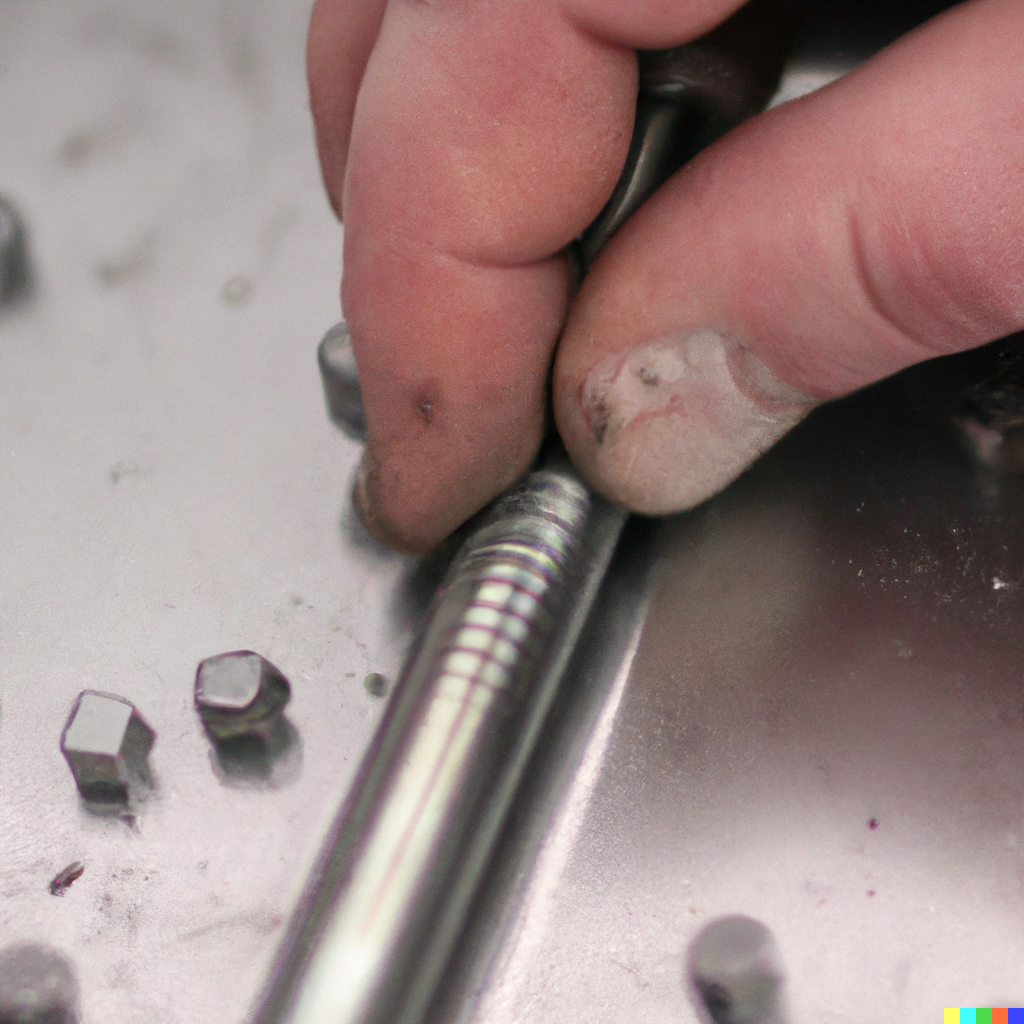
Understanding Stripped Screws
Before we dive into solutions, it’s essential to understand what it means for a screw to be “stripped.” A stripped screw has a head that is worn out or damaged, making it difficult or impossible to grip with a screwdriver or drill bit. This often occurs due to over-tightening, using the wrong tool, or poor-quality materials.
You may also want to read about the best subfloor screws and the best cabinet screws.
Tools You Might Need
- Manual screwdriver
- Flat head screwdriver
- Rubber band
- Pliers or vice grips
- Left-handed drill bits
- Screw extractor kit
- Hammer and chisel
Step-by-Step Guide to Removing Stripped Screws from Metal
1. Manual Attempt with a Screwdriver
Start simple. Place your screwdriver into the stripped head. Press down hard and attempt to turn it counterclockwise. If the screw moves, continue this method until it’s removed.
2. Rubber Band Technique
Place a rubber band over the stripped screw’s head. Press your screwdriver into the rubber band, applying firm pressure. As you turn counterclockwise, the rubber band should grip the damaged screw head, allowing it to turn.
3. Flat Head Conversion
If the screw’s original head was Phillips or another shape, use a small flat head screwdriver. Attempt to fit it into the stripped recess and turn.
4. Pliers or Vice Grips
If the screw is protruding slightly from the surface, try to grip its head using pliers or vice grips. Once you have a solid grip, turn the screw counterclockwise to remove it.
5. Hammer and Chisel
This is a more aggressive method. Place the chisel in a groove or on the edge of the screw’s head and tap it lightly with a hammer in a counterclockwise direction. This can create a new groove for the screwdriver or can turn the screw itself.
6. Left-handed Drill Bit
Using a drill set to reverse, slowly drill into the stripped screw with a left-handed drill bit. This can catch onto the screw, allowing you to unscrew it as you drill.
7. Screw Extractor Kit
A screw extractor is specially designed for stripped screw removal. Drill a small hole into the stripped screw’s head. Insert the appropriate-sized extractor into the hole and turn counterclockwise. The extractor should grip the screw, allowing for removal.
Tips for Prevention and Care
- Use the Right Tool: Always ensure you’re using the correct size and type of screwdriver or drill bit.
- Quality Matters: Invest in screws of good quality, especially when working with metal.
- Don’t Over-tighten: This weakens the screw head, making it susceptible to stripping.
- Pre-drill Holes: In dense materials like metal, pre-drilling holes can reduce the chance of stripping.
Conclusion
While encountering a stripped screw can be a daunting challenge, with patience, the right tools, and a methodical approach, you can effectively address the problem. Remember to always prioritize safety and, when in doubt, consult with a professional. By following this comprehensive guide, you’re well on your way to becoming a master of stripped screw removal and ensuring a smoother DIY journey in the future.
Author’s Note: This guide was crafted with thorough research and the expertise of seasoned professionals to provide readers with actionable and reliable information. We hope it serves you well in your DIY endeavours. If you found it valuable, please consider sharing it with others facing similar challenges.
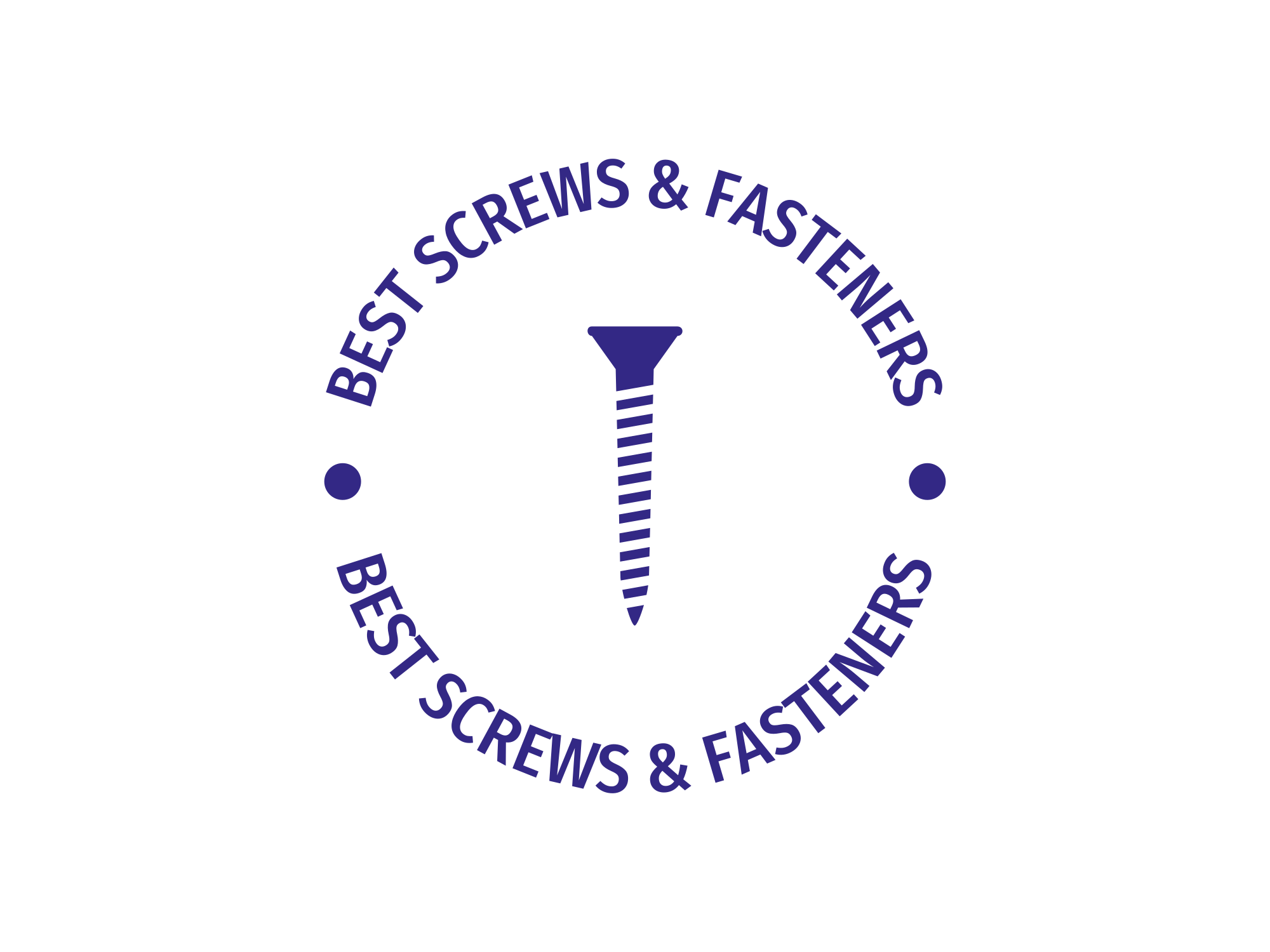
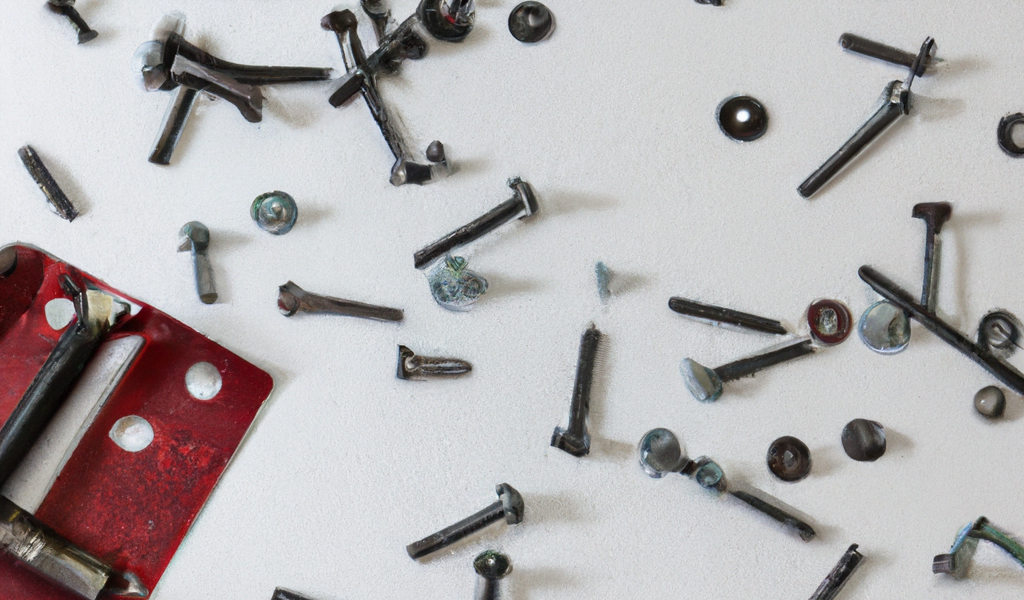
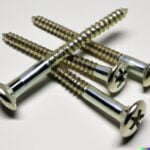
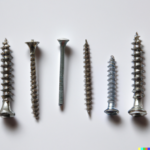
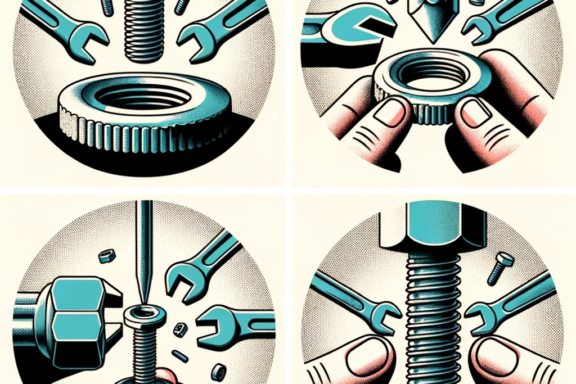
No Comments